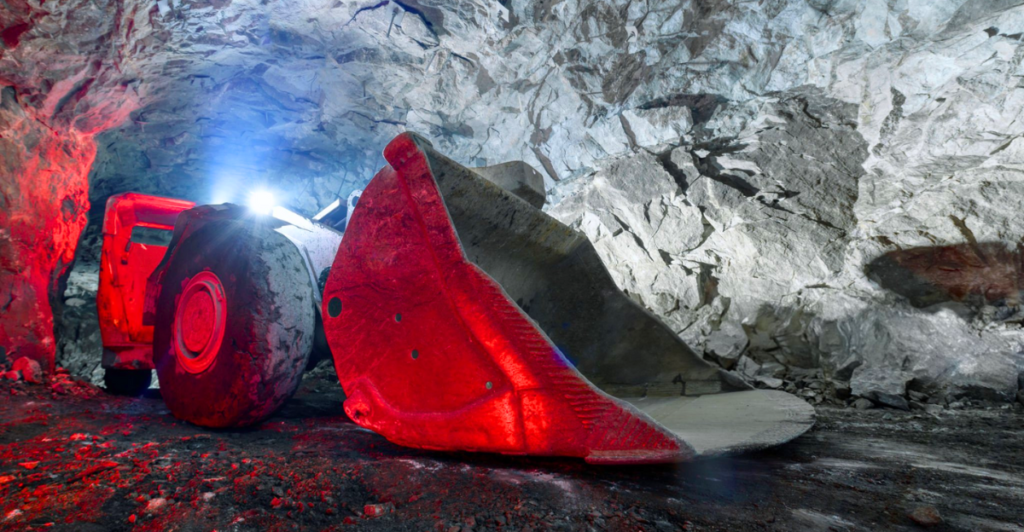
Coal is not just a relic from the Industrial Age but the cornerstone of America’s future as a mineral superpower. America possesses an astounding 22% of world coal reserves, much of which is high-carbon content in Pennsylvania, ideally suited for advanced materials such as carbon fiber and graphene.
In addition to energy, the properties of coal’s carbon structure and its rare-earth mineral content position make it a strategic asset for manufacturing, defense, and clean technology.
The Department of Energy (DOE) estimates that repurposing coal could create $139 billion in product value and 480,000 manufacturing jobs, transforming mining communities and reducing reliance on foreign supply chains.
A Historical Pivot: From Steam to Strategy
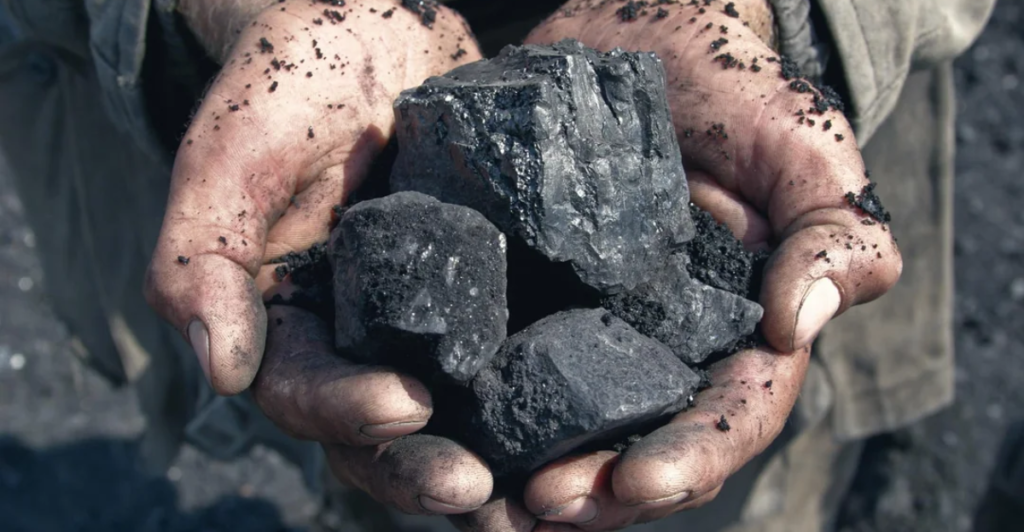
Coal fueled America’s 19th-century ascent, peaking at 680 million short tons in 1918. Today, its role is evolving. DOE’s Coal FIRST initiative reimagines coal-fired electricity as modular, emissions-free plants, even though coal-fired electricity has declined by 42% since 2005.
This shift mirrors postwar industrial transformations to new economic frontiers by building on existing infrastructure. Deep in the coal country of Pennsylvania, where steel production once thrived, two new industries are emerging — carbon capture and rare-earth extraction—testifying to coal’s versatility.
The Rare-Earth Revolution
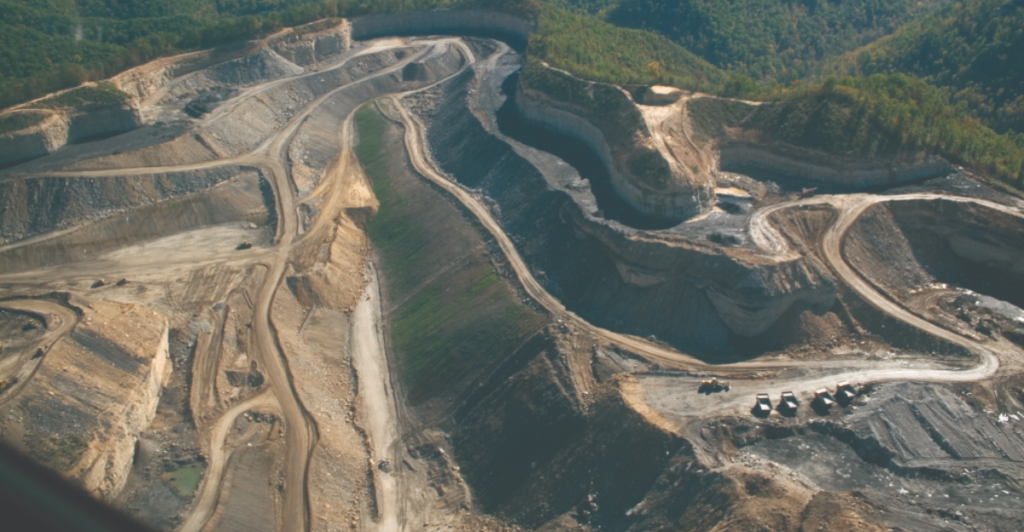
U.S. coal reserves contain critical rare-earth elements (REEs) like neodymium and dysprosium, essential for wind turbines, EVs, and defense systems. Mining the REEs from solid coal is less harmful, and, with China processing 80% of the world’s REEs, this could disrupt their monopoly.
NETL research has demonstrated that streams of waste from coal can provide REEs at lower prices than those found in mines, translating environmental liabilities into economic assets. Appalachian coal basins, for instance, contain large untapped concentrations of REEs that rival clay deposits in China.
Carbon as a Commodity
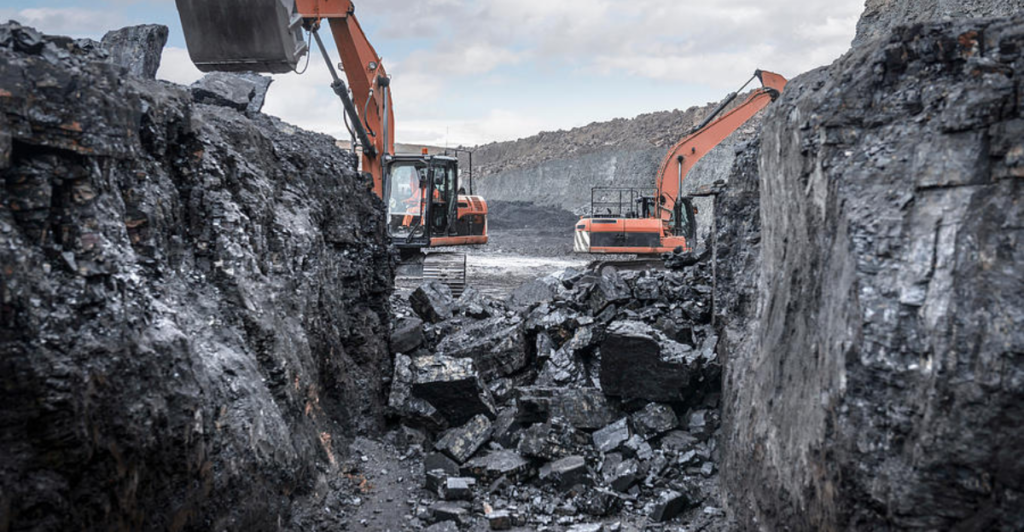
Coal contains a huge amount of carbon (about 70–90%), which is capable of being transformed into high-value materials. DOE projects 145–345 million tons of coal could be diverted to produce carbon fiber (lighter than steel, stronger than titanium) and graphene (200x stronger than steel).
This could transform the aerospace, automotive, and construction industries. Pittsburgh-based labs already prototype coal-based building materials that sequester CO₂, blending profitability with sustainability.
Hydrogen Horizons
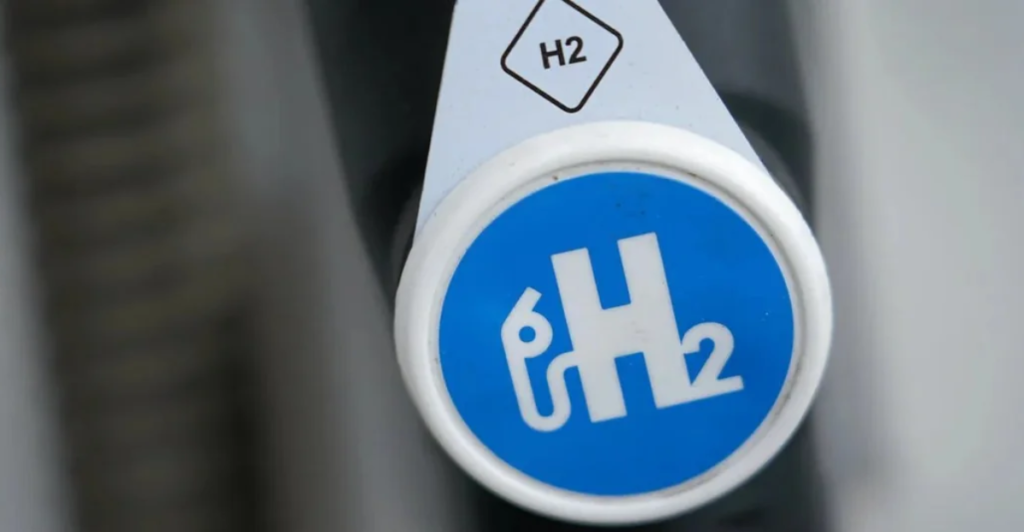
Coal gasification can produce “blue hydrogen” paired with carbon capture, providing a transition fuel for hard-to-electrify industries. In 2019, the DOE announced a goal to reduce carbon capture costs by 50%, which would enable hydrogen to compete on a cost basis with natural gas.
Wyoming’s “Energy Gateway” initiative is indicative of this: repurposing Powder River Basin coal into hydrogen for fuel cells and ammonia fertilizers while reducing emissions by 90% compared to traditional methods.
Economic Rebirth in Coal Country
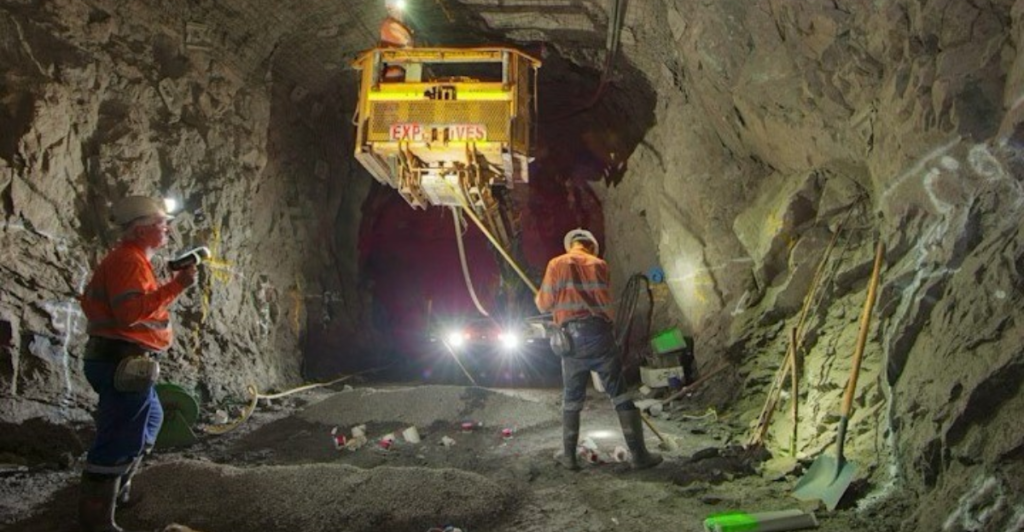
Repurposing coal could create 47,500 mining jobs and 480,000 manufacturing roles by 2050. Cities like Pittsburgh and the states of West Virginia and Kentucky, battered by coal’s decline, are testing out “innovation hubs” for carbon tech.
Pennsylvania’s 5% share of the U.S. coal reserve base amounts to 24,000 direct jobs if fully utilized for materials production, revitalizing regions left behind by the energy transition.
Environment Tech Leap
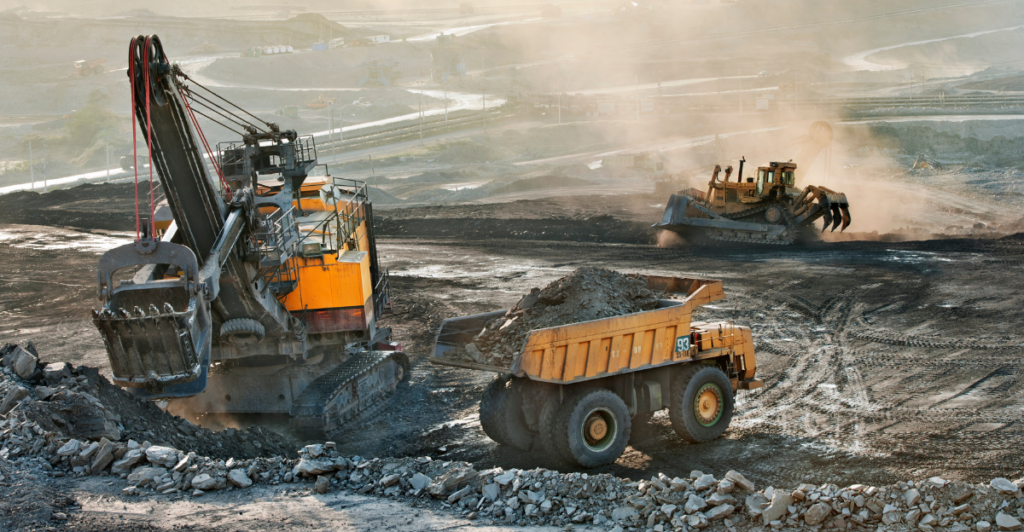
Critics usually overlook coal’s contribution to emissions reduction. NETL’s advanced pollution controls reduce nitrogen oxides by 83% and particulate matter by 99.8%.
Next-gen plants enabled by Coal FIRST could operate with near-zero emissions, while CCUS retrofits on existing infrastructure prevent 1.5 billion tons of CO₂ per year by 2040. This is consistent with IPCC targets, which suggest coal is a bridge, not a barrier, to net zero.
Policy as a Catalyst

The 2022 Infrastructure Law allocates $8 billion in funding specifically dedicated to regional hydrogen hubs and $3.5 billion to DAC (direct air capture) projects, creating synergy with coal innovation.
States like Montana (25% of United States reserves) are incentivizing “clean coal” zones and offering tax breaks for carbon-product startups. Bipartisan support for coal is increasing, recognizing its strategic value in countering China’s mineral dominance.
A New Age of Global Leadership
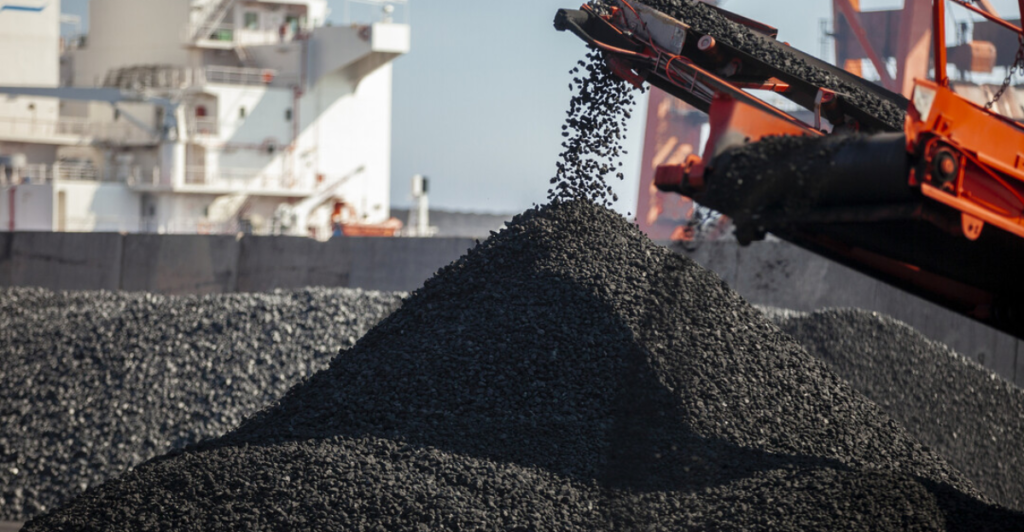
The United States surpasses Russia and China in recoverable coal reserves (250 billion short tons). Thus, by dominating carbon tech and REEs, America could offset 15% of global rare-earth demand in 2035, reducing reliance on adversarial nations.
Exporting coal-derived materials and IP (e.g., patents for graphene production) positions the U.S. as a clean tech exporter, not just an energy producer.
The Dual Mandate
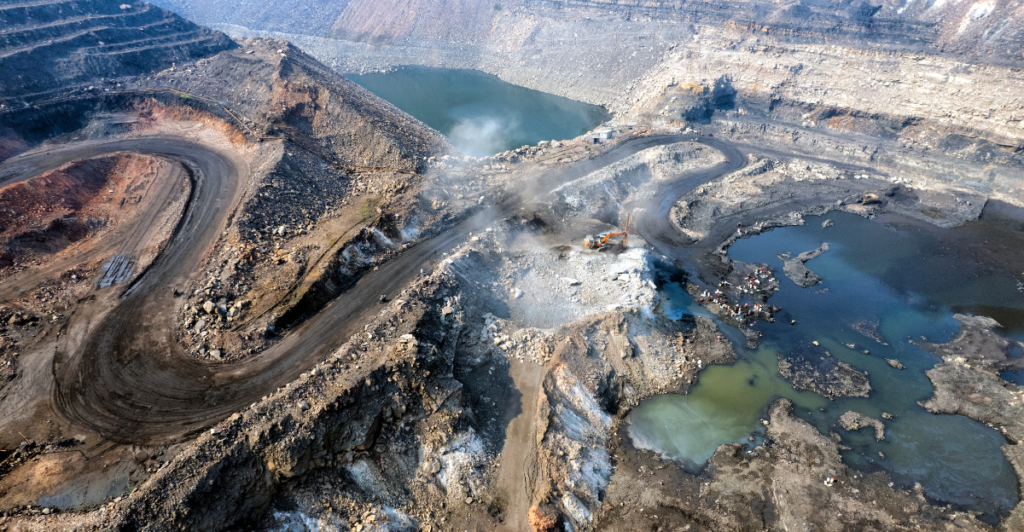
Coal’s future hinges on balancing extraction with innovation. The numbers are compelling: $139 billion in carbon products versus $20 billion in annual thermal coal revenue.
Environmental benefits, which are just as clear: CCUS and hydrogen could reduce U.S. industrial emissions by 30% by 2040. The road ahead requires aggressive R&D, bipartisan policy, and public-private partnerships. When done right, coal is not a climate villain but a linchpin of sustainable industrial policy.
Explore more of our trending stories and hit Follow to keep them coming to your feed!

Don’t miss out on more stories like this! Hit the Follow button at the top of this article to stay updated with the latest news. Share your thoughts in the comments—we’d love to hear from you!







